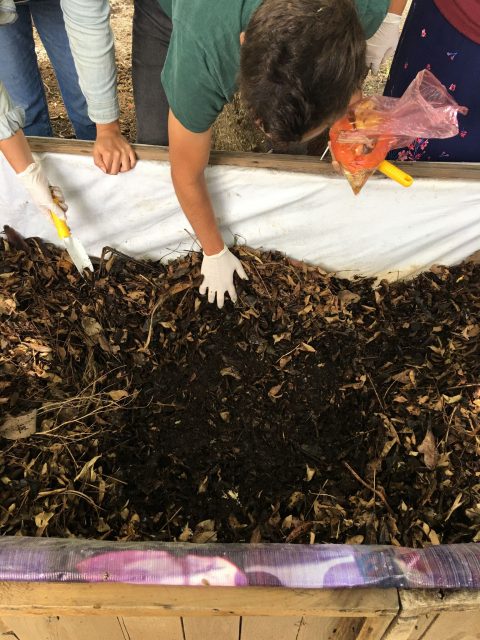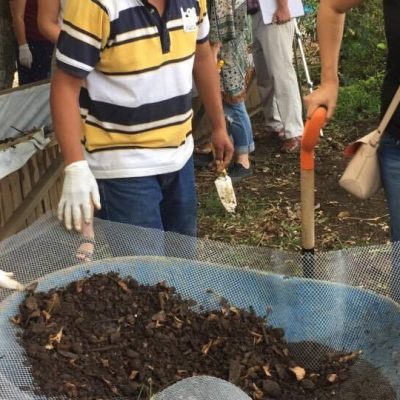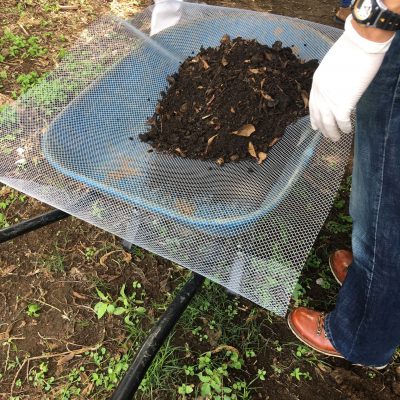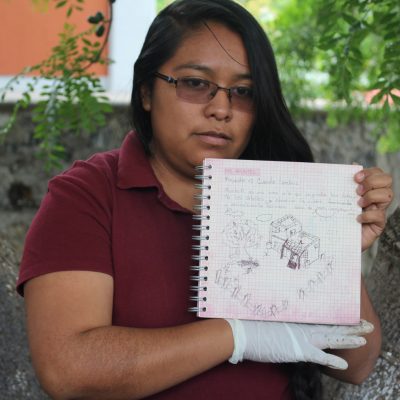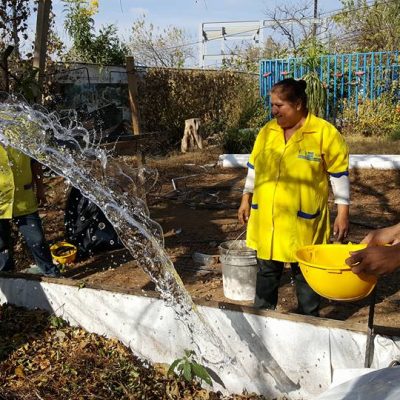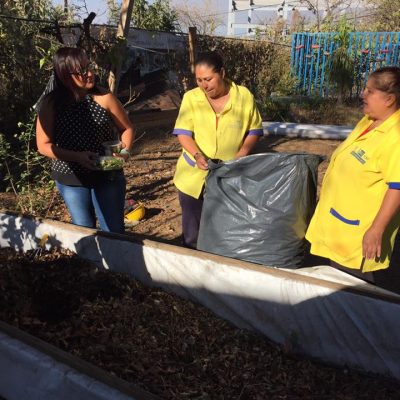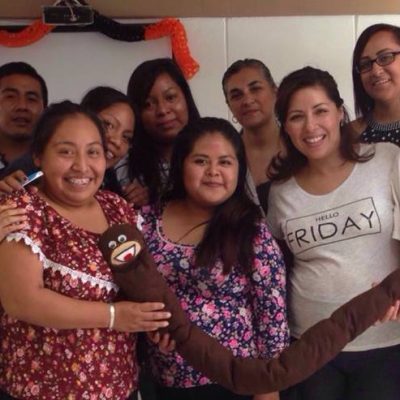Por Luisa Montes (Ciudades Verdes)
En la UPN Cuernavaca, estudiantes de Licenciatura en Educación Preescolar y Primaria para el Medio Indígena, encabezados por uno de sus profesores, retoman el proyecto de lombricomposta que anteriormente estuvo a cargo de la Licenciatura en Intervención Educativa. Diversos motivos generaron que la lombricomposta quedara desatendida y en riesgo, pero al ser adoptada por este nuevo grupo de estudiantes hoy se encuentra activa y atendida.
El reto no ha sido fácil, el grupo inicial disminuyó considerablemente, pero este aparente inconveniente, sin embargo, ha sido un escenario de oportunidad al sumarse representantes del personal administrativo, de mantenimiento y de vigilancia quienes se toman en serio las tareas a desarrollar para mantener sana la lombricomposta, esto ha provocado nuevos lazos de convivencia generando cambios en la dinámica escolar, por ejemplo, los desperdicios orgánicos de la cafetería no van más la basura, incluso los integrantes de este proyecto que no tienen todavía una composta en casa, emplean la lombricomposta de UPN para reciclar sus residuos orgánicos.
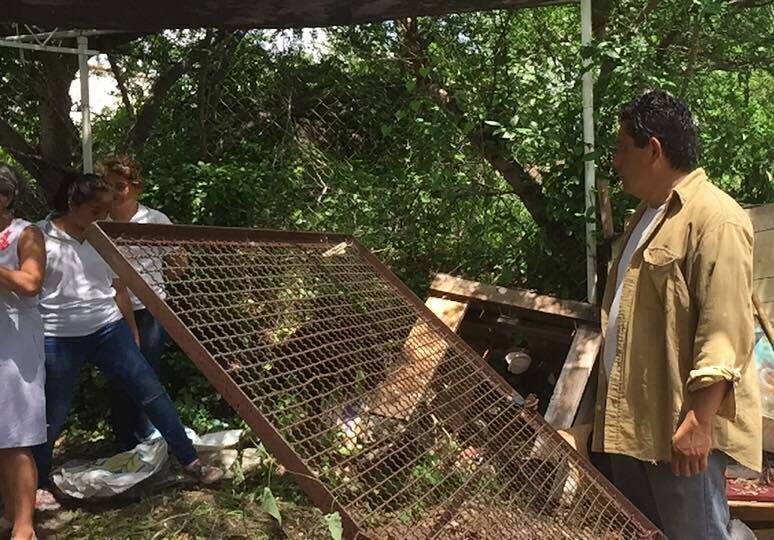
Conocer el proceso de descomposición de la materia orgánica ha sido tan significativo que inspiro la idea de crear un cuento infantil sobre la lombricomposta. Este grupo representa la participación de los diferentes actores de una institución educativa, lo que le da un carácter i ntegral, inclusivo y participativo que nutre las inter relaciones, facilita y fortalece la comunicación y permite compartir responsabilidades y sentido de logro y pertenencia, aspectos que generan sinergia y cohesión al interior de la comunidad escolar, pilares indispensables para la sostenibilidad de los proyectos.
Por otra parte, en el campus Galeana de la UPN, hay una composta que es atendida por Don Víctor, trabajador del área de asistencia de la institución quien desde hace tiempo ha sido testigo activo e importante apoyo del proceso de esta escuela en pro de la sustentabilidad, por ello, encontrar que actualmente es responsable del proceso de compostaje habla de un plantel que involucra a sus actores dando oportunidades de participación al ofrecer espacios en los que se puedan compartir proyectos, responsabilidades, conocimientos, aprendizajes y resultados.
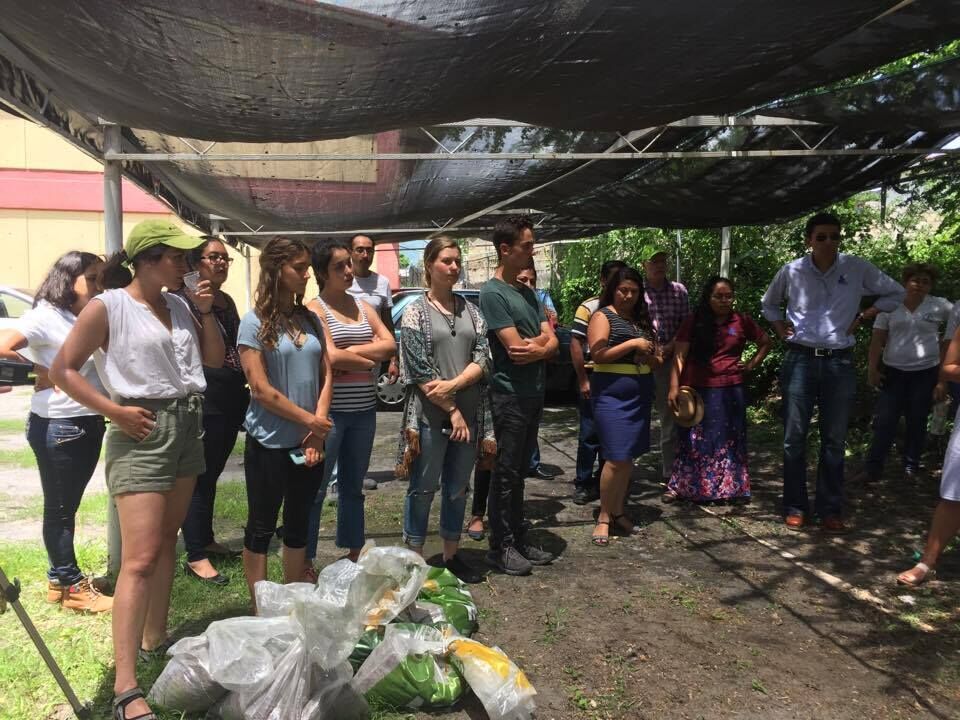
El campus Galeana, es concebido según explicó la coordinadora, como una comunidad de aprendizaje, esta composta es un ejemplo de ello; después de cuatro años de haber iniciado su camino hacia la sustentabilidad, los miembros de esta colectividad, han detectado necesidades propias que han procurado atender planteándose soluciones bioamigables; es así que esta composta es concebida para dar respuesta a una problemática local; el campus cuenta con un amplio jardín que hospeda grandes árboles y que circunda las aulas y oficinas; su mantenimiento genera desechos orgánicos que anteriormente eran depositados en la basura; ahora, estos residuos son tratados en esta composta y devueltos al propio jardín como abono una vez procesados en ella. Una manera clara de ver el ciclo de la naturaleza y los beneficios que se obtienen de una acción tan noble como el compostaje.
Pero los aprendizajes van más allá pues la participación activa de alumnos y algunos maestros en esta tarea es prueba de colaboración y trabajo en equipo.
Blog basado en entrevistas con integrantes de los proyectos en las sedes de UPN Cuernavaca y Galeana el 3 de julio de 2017
Compost and vermicompost: Giving to the land what belongs to the land
By Luisa Montes (Ciudades Verdes)
At the UPN Cuernavaca, undergraduate students in the Degree in Preschool and and Primary Education for the Indigenous Environment, headed by one of their teachers, took over a vermi composting project that was started by students in the Educational Intervention Program. Several reasons led to the vermi compost being left unattended and at risk, but after being adopted by this new group of students, today it is active and well taken care of.
The challenge has not been easy. The initial number of people involved in the group involved in the vermi compost decreased considerably. But this apparent inconvenience has led to other opportunities. Today the scenario is one where administrative, maintenance and surveillance personnel have taken over the tasks and are now maintaining a healthy the worm composter. This has led to new relationships, generating conviviality and changes in the school dynamics. For example, the organic waste of the cafeteria no longer goes the garbage and the members of this project who do not have a compost at home, use the vermi compost of UPN to recycle their organic waste.

Learning about the process of decomposition of organic matter has been so significant that it inspired the idea of creating a children’s story about vermi composting. Furthermore, the group that has been formed includes participation by different actors within the educational institution. This gives it an integral, inclusive and participative character that nurtures interrelationships, facilitates and strengthens communication and allows sharing of responsibilities, a sense of achievement and belonging, all aspects that generate synergy and cohesion within the school community and that are essential pillars for the sustainability of projects.
On the other hand, at the Galeana campus of the UPN, there is a compost that is attended by Don Víctor, a maintenance staff who has long been an active witness and important supporter of the sustainability process lived by this school. To find that he is currently responsible for the composting process speaks of a campus that involves its actors giving opportunities for participation by offering spaces in which projects, responsibilities, knowledge, learning and results can be shared.

The Galeana campus is conceived, as explained by the coordinator, as a learning community. The compost is an example of this; after four years of having started their path towards sustainability, the members of this community have detected their own needs and they have tried to address these by proposing eco-friendly solutions; this is how this compost is conceived to give an answer to a local problematic; the campus has a large garden that houses large trees and surrounds classrooms and offices; its maintenance generates organic waste that was previously deposited in the garbage; now, these residues are treated in this compost and returned to the garden itself as fertilizer once it is processed. It is a clear way to see the cycle of nature and the benefits that are obtained from such noble action as composting.
But the learning goes further because the active participation of students and some teachers in this task is proof of collaboration and teamwork.
Blog based on interviews with members of the projects at the UPN headquarters Cuernavaca and Galeana on July 3, 2017

